Henry of Württemberg (7 September 1448, Stuttgart – 15 April 1519, Hohenurach Castle near Bad Urach) was from 1473 to 1482Count by Montbéliard.
Henry was the second son of Count Ulrich V of Württemberg-Stuttgart (1413–1480), from his second marriage to Elisabeth of Bavaria-Landshut (1419–1451)

John V of Anhalt-Zerbst (Dessau, 4 September 1504 – Zerbst, 4 February 1551), was a German prince of the House of Ascaniaand ruler of the principality of Anhalt-Dessau. From 1544, he assumed rule of the re-created principality of Anhalt-Zerbst.
John was the second (but eldest surviving) son of Ernest I, Prince of Anhalt-Dessau, by his wife Margarete, daughter of Henry I, Duke of Münsterberg-Oels, and granddaughter of George of Poděbrady, King of Bohemia.

Margaret of Brandenburg (1511 – after 3 November 1577) was a Princess of Brandenburg by birth and by marrying first a Duchess of Pomerania and later a Princess of Anhalt.
Margaret was the youngest daughter of the Elector Joachim I of Brandenburg (1484–1535) from his marriage to Elisabeth (1485–1555), daughter of King John of Denmark.

Frederick II, Duke of Legnica (Polish: Fryderyk II Legnicki) (12 February 1480 – 17 September 1547), also known as the Great of Legnica (Polish: Legnicki Wielki), was a Duke of Legnica from 1488 (until 1495 and 1505 with his brothers), of Brzeg from 1521. The most notorious of all Legnica Piast rulers, thanks to his excellent financial politics his Duchy was expanded to the Oder River, and he became the founder of the Duchy of Legnica-Wołów-Brzeg (German: Herzogtum Liegnitz-Wohlau-Brieg).
He was the second son of Frederick I, Duke of Chojnów-Oława-Legnica-Brzeg-Lubin, by his wife Ludmila, daughter of George of Poděbrady, King of Bohemia.

Sophie of Brandenburg-Ansbach-Kulmbach (10 March 1485, Ansbach – 24 May 1537, Legnica) was a princess of Brandenburg-Ansbach and was by marriage Duchess of Legnica. Sophie was a daughter of the Margrave Frederick the Elder of Brandenburg-Ansbach and Bayreuth (1460–1536) from his marriage toSophia of Poland ( 1464–1512), daughter of King Casimir IV of Poland.
Joachim I Nestor (21 February 1484 – 11 July 1535) was a Prince-elector of the Margraviate of Brandenburg (1499–1535), the fifth member of the House of Hohenzollern. His nickname was taken from King Nestor of Greek mythology.
The eldest son of John Cicero, Elector of Brandenburg,

Elizabeth of Denmark, Norway, and Sweden (24 June 1485 – 10 June 1555) was a Scandinavian princess who became Electress of Brandenburg as the spouse of Joachim I Nestor, Elector of Brandenburg. She was daughter of King Hans of Denmark, Norway and Sweden and his spouse, Christina of Saxony.

Henry (Latin: Henricus; 10 November 1489 – 11 June 1568), Duke of Brunswick-Lüneburg, called the Younger, (also called Heinrich der Jüngere) was Prince of Wolfenbüttel from 1514 until his death. The last Catholic of the Welf princes is known for the large number of wars in which he was involved.
He was born at Wolfenbüttel Castle, the son of Duke Henry IV of Brunswick-Lüneburg,
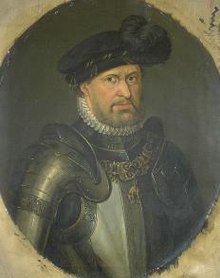
Maria (died 1541), daughter of Henry, Count of Württemberg
Joachim of Fürstenberg, (1538–1598) was a Count of Fürstenberg, a vassalate of the Holy Roman Empire. Countess Anna of Zimmern
Count Eitel Friedrich IV of Hohenzollern (7 September 1545 in Sigmaringen – 16 January 1605 in Hechingen) was the founder and first Count of the line Hohenzollern-Hechingen as Eitel Friedrich I.
Eitel Friedrich was the eldest surviving son of Count Karl I of Hohenzollern (1516–1576) from his marriage to Anna (1512–1579), daughter of the Margrave Ernst of Baden-Durlach.

Garcia (el Magnifico) Manrique de Lara y de Mendoza, Gobernador de Parma y Piacenza 1565 | ||||||||
| ||||||||


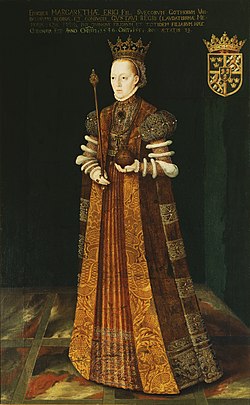
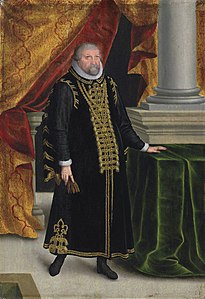
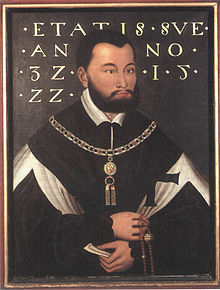
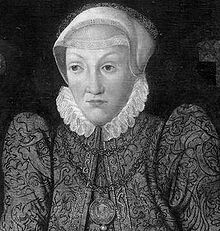



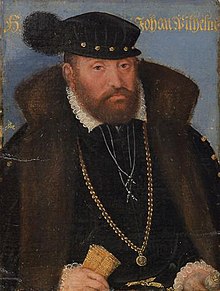

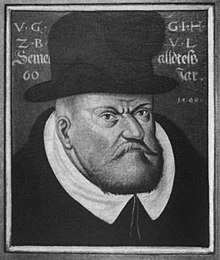


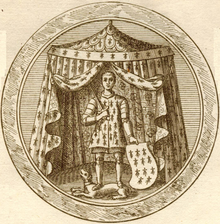

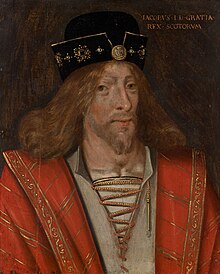
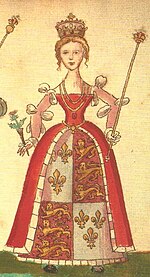
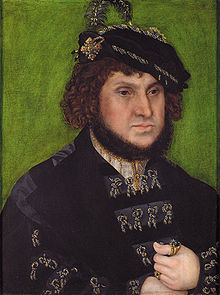
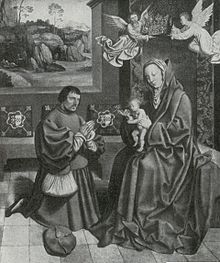
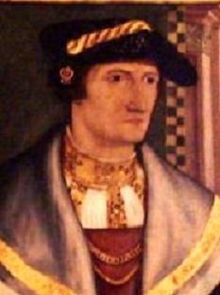




No hay comentarios:
Publicar un comentario